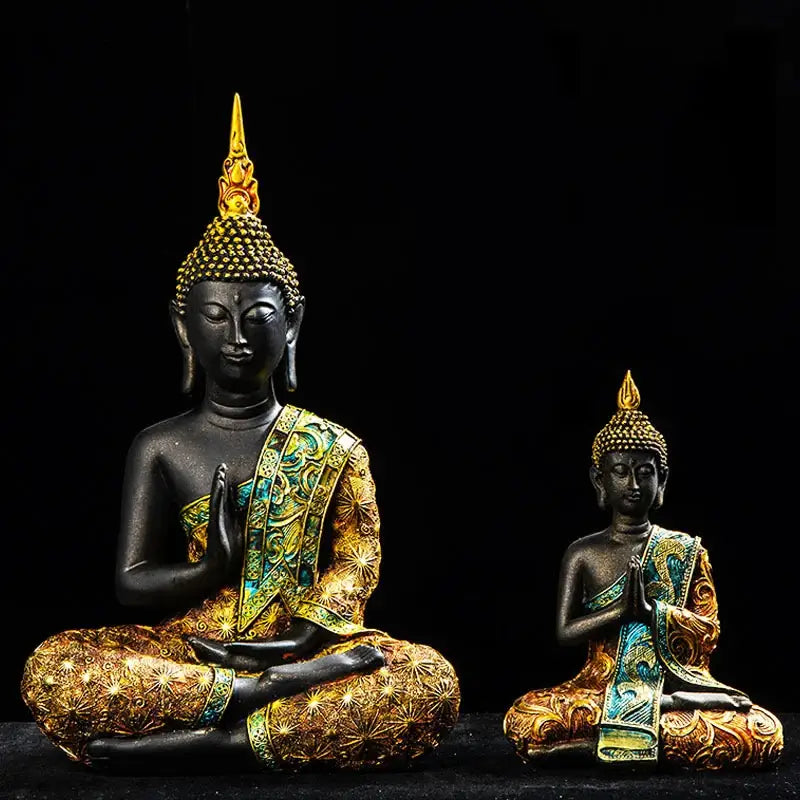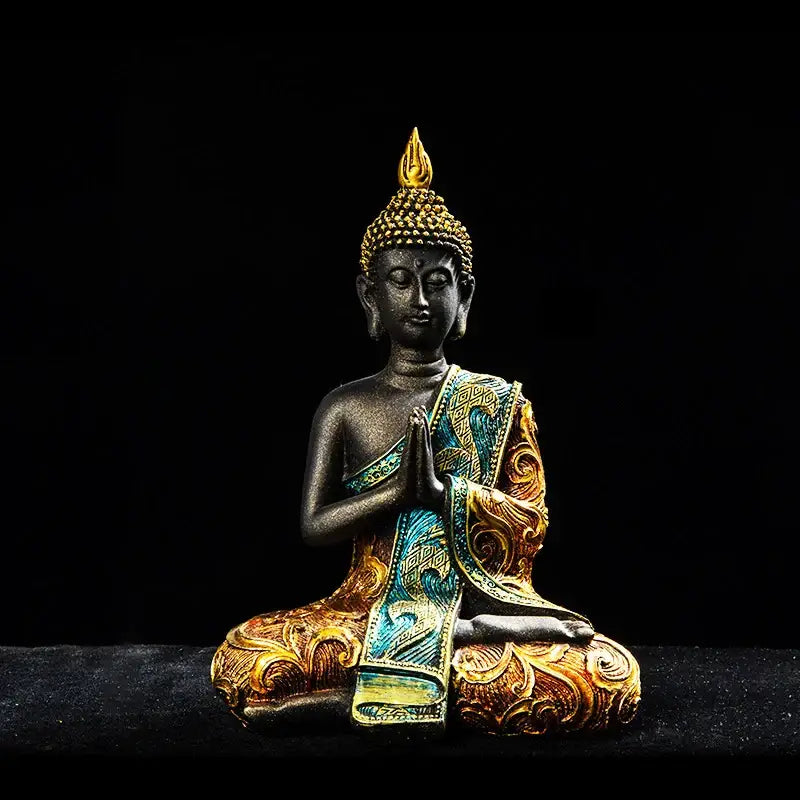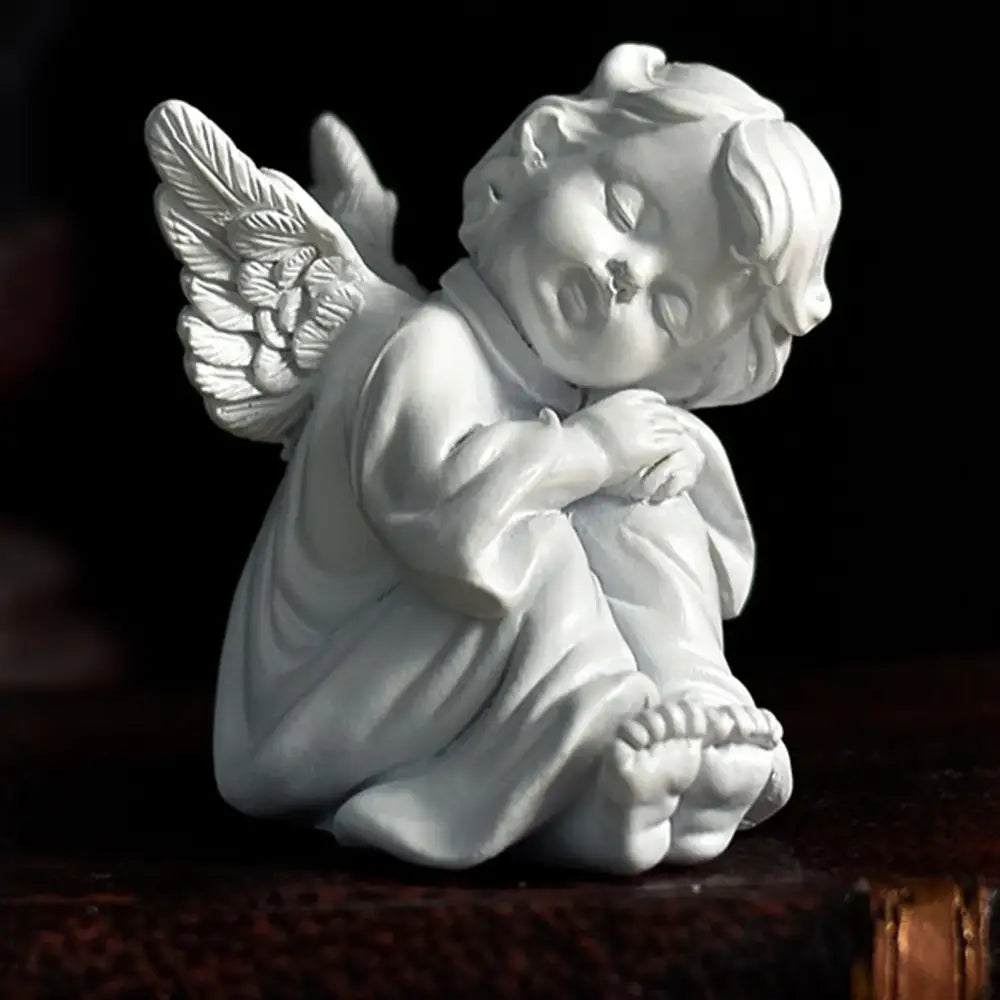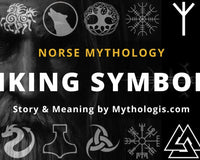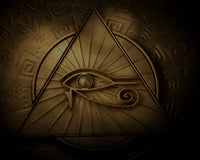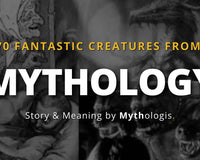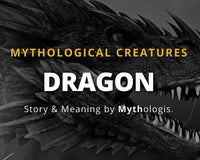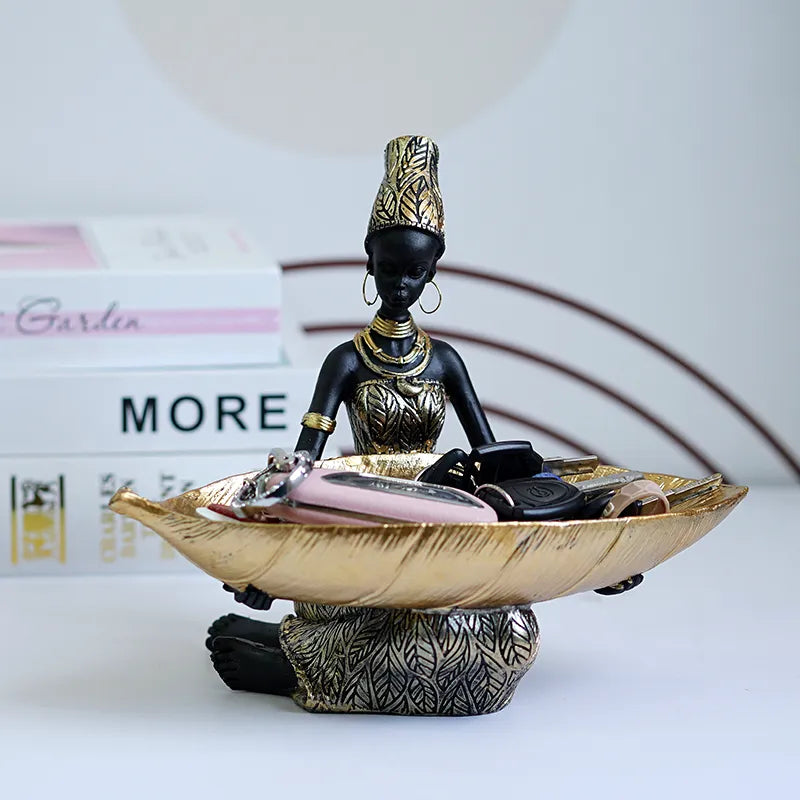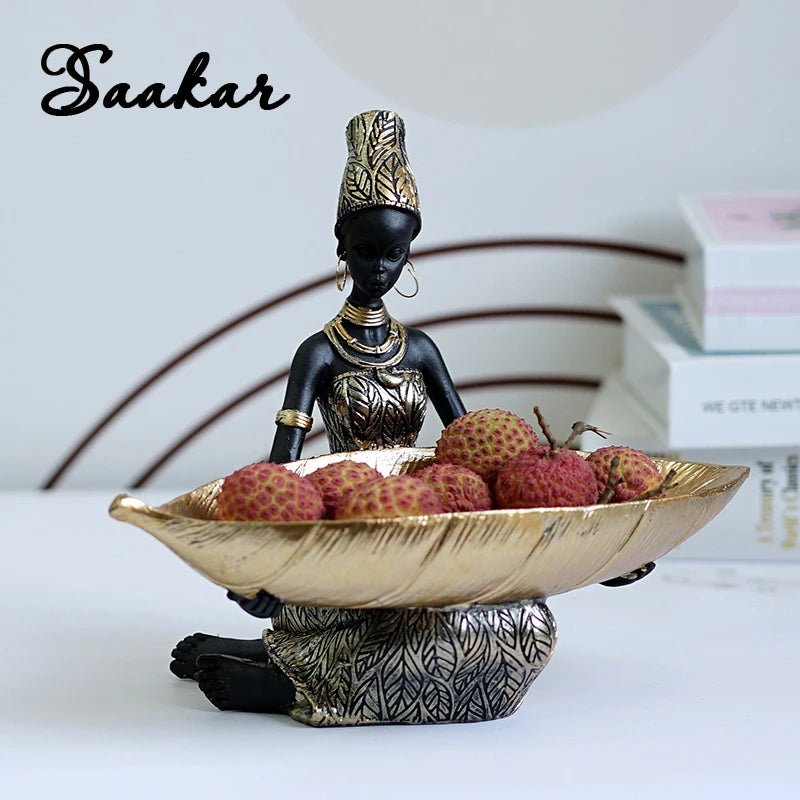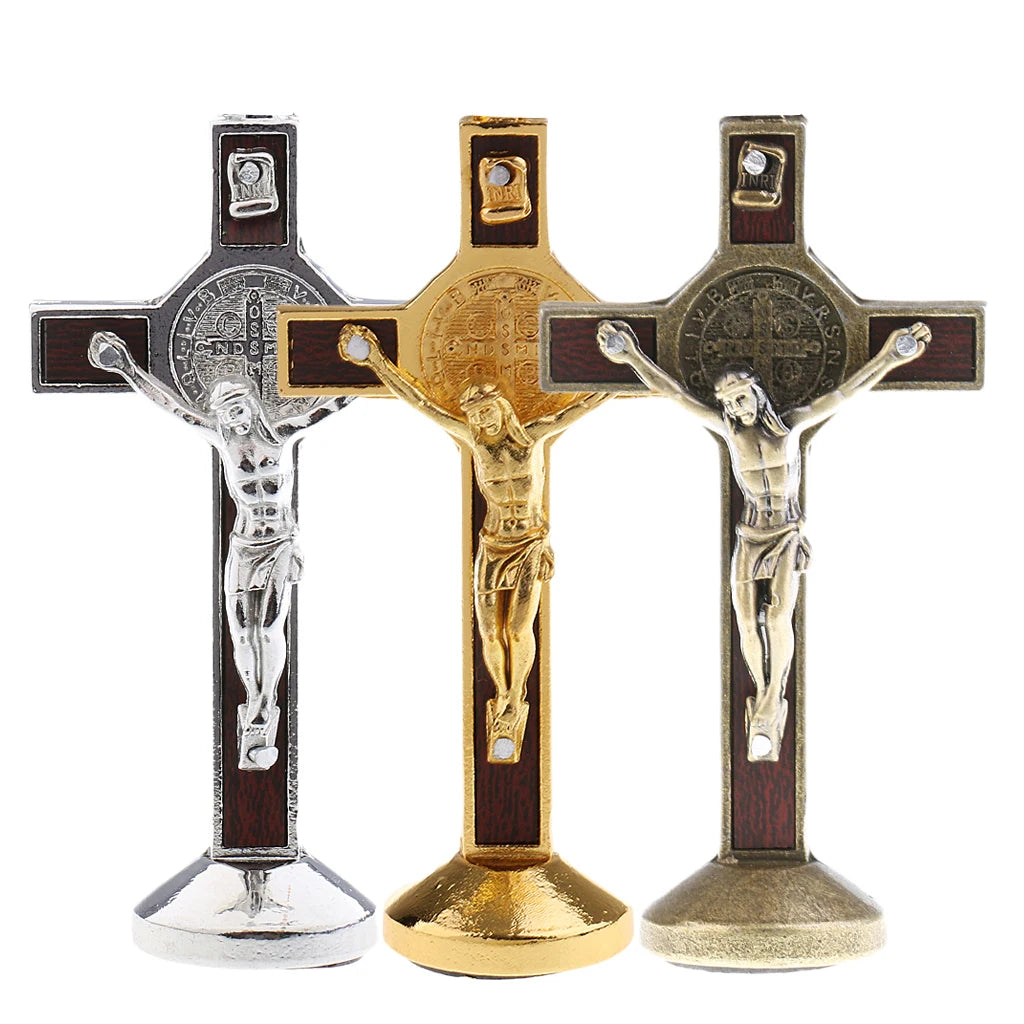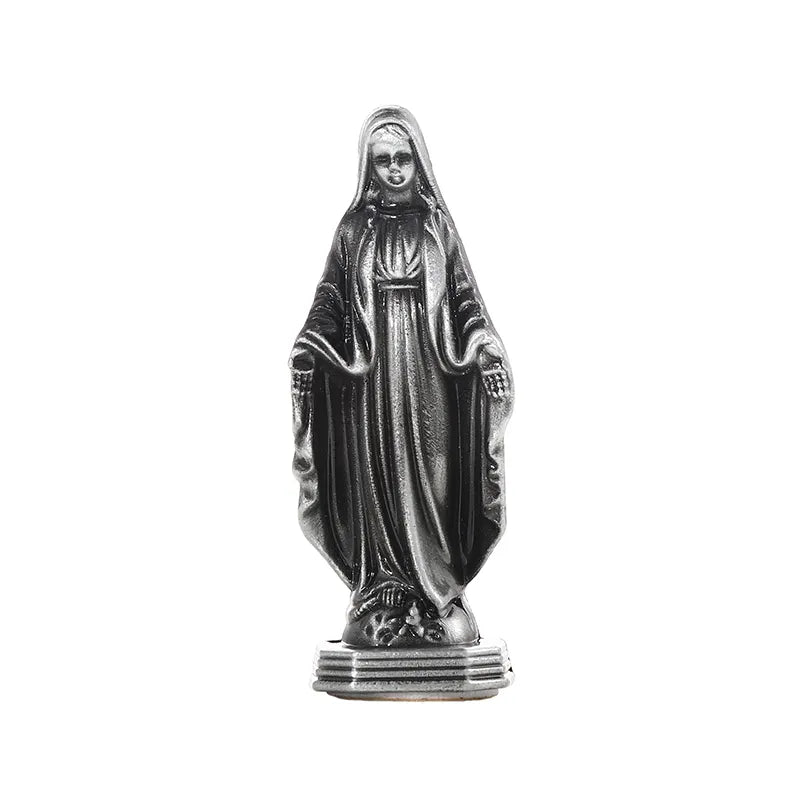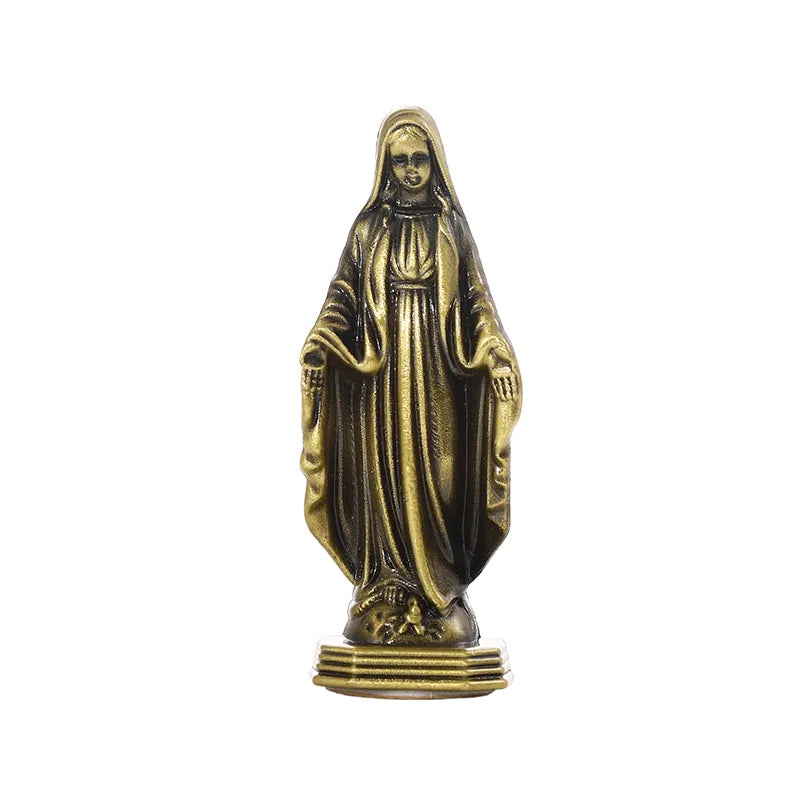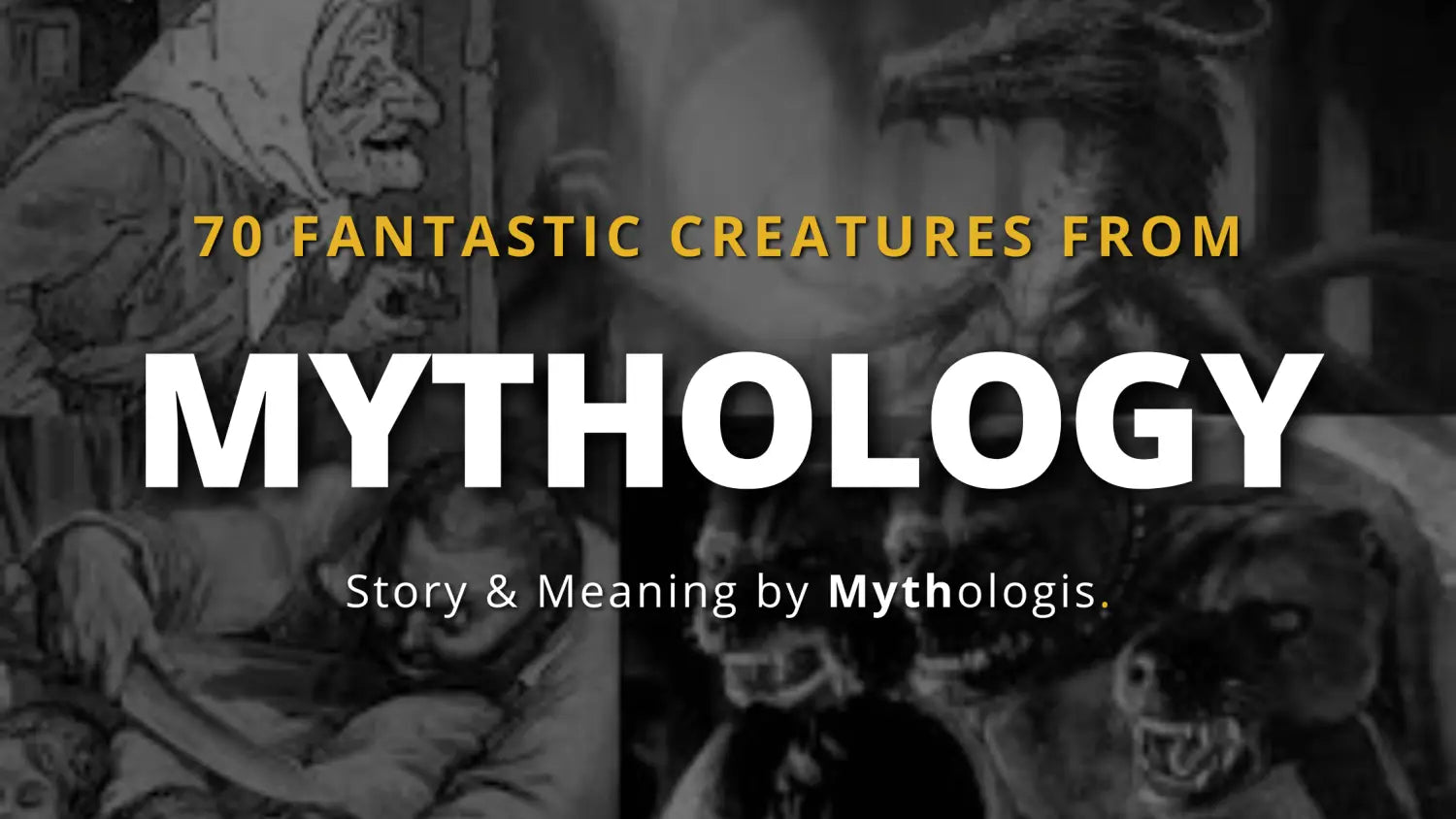“Step back in time and join us on a journey through the ancient Egyptian astronomy. From the pyramids to the stars, we’ll explore how the ancient Egyptians used the sky to navigate, predict the future, and honor their gods.
Get ready to discover the fascinating history of this powerful civilization and the role astronomy played in shaping their culture, religion, and daily lives.”
What did Egyptians discover in astronomy?
The ancient Egyptians made a number of important discoveries and contributions to the field of astronomy. Some of the most notable include:
The ancient Egyptians were the first civilization to develop a comprehensive solar calendar, which was based on the movement of the sun and the phases of the moon.
They also made significant advances in the observation and study of the stars, including the development of star maps and the use of constellations to navigate and predict the future.
The ancient Egyptians also used their knowledge of astronomy to build and align their famous pyramids, which were designed to align with the cardinal points of the compass and the movements of the sun, moon, and stars.
They also made important contributions to the study of mathematics, which was closely linked to their observations of the sky and their understanding of celestial phenomena.
Overall, the ancient Egyptians made many important contributions to the field of astronomy and their knowledge and understanding of the sky played a central role in their culture, religion, and daily lives.
Did the Egyptians create astronomy?
The evolution of astronomy was greatly influenced by the ancient Egyptians, who made substantial contributions to the subject. The study of the stars and other celestial phenomena, it is crucial to remember, has a lengthy history that predates the ancient Egyptian civilisation.
The oldest recorded instances of astronomical observations and interpretations are from the prehistoric era, and astronomy has been greatly influenced by several cultures and civilizations throughout history.
As a result, the ancient Egyptians made numerous significant discoveries and contributions to the subject of astronomy. They were also among the first civilizations to methodically investigate and record their observations of the sky. They made advancements in the observation and study of the stars, created a thorough solar calendar, and used their astronomical expertise to construct and align their renowned pyramids.
Did ancient Egypt know about planets?
The ancient Egyptians were aware of the planets in the solar system and made observations of their movements in the sky. However, their understanding of the planets was limited by the technology and knowledge available to them at the time.
The ancient Egyptians referred to the planets as “wandering stars,” as they appeared to move independently of the fixed stars in the sky. They believed that the movements of the planets were associated with certain deities and had the power to influence events on earth.
The ancient Egyptians were able to observe the five planets visible to the naked eye – Mercury, Venus, Mars, Jupiter, and Saturn – and made records of their movements and positions in the sky. They also observed other celestial phenomena, such as comets, meteor showers, and solar eclipses.
Ancient Egyptian Astronomy Calendar
Their calendar is in my opinion better than that of the Greeks, because […] the cycle of seasons always appears at the same time for them”. Already the Greek Herodotus, the father of history, marveled in the 5th century B.C. at the perfection of the calendar of the ancient Egyptians. Since then the analysis of the calendar has fascinated many scholars. This is an exciting subject, which raises a number of important questions such as, for example, how many calendars were in use in Egypt? What was their origin? How did they evolve? And finally, can the Egyptian chronology be established from astronomical data related to the dates marked on this calendar? Most of these questions can be answered in a simple and reasonable way in the context of the Pharaonic culture itself.
The calendar, in turn, is part of the broader interest that the Egyptians felt for the world of stars. In Pharaonic culture, the firmament became a crucial element of the landscape. Today we can know the astronomical practices of the ancient Egyptians thanks to a large number of hieroglyphic sources, from the monumental inscriptions, the texts of the pyramids and the astronomical papyri to the stellar clocks or the celestial diagrams. Archaeological sites also provide researchers with clues on how the Egyptians used their astronomical knowledge in the design of their great monuments, such as temples or tombs, including pyramids. The Hispano-Egyptian Archaeastronomy Mission of ancient Egypt, which has been developing in the Nile Country since 2003, has been dedicated to this research task.
Origin of the Ancient Egyptian Astronomy Calendar
Since the dawn of modern Egyptology, several hypotheses have been proposed regarding the origin of the civil calendar: some authors consider it to be a calendar of solar origin, others stellar, others luniestelar… However, perhaps the most suggestive hypothesis is that the Nile had something to do with it. In the origin, before the unification of the country, the societies of the Nile valley had to be governed by local lunar calendars determined by the Nile, since the phases of the flooding of the river marked life in the territory, as can be deduced from the three seasons in which they divided the year and the name given to each of them: Flood (akhet), Resurgir (peret) and Drought (shemu).
However, once Egypt was unified, it became necessary to create a calendar that would govern the destinies of the entire country. Traditionally it has been thought that the origin of this civil calendar is related to the Heliac ortho of Sirius, but there is no documentary evidence to prove it. Almost certainly the duration of the civil calendar was determined through solar observations, of which there is varied and incontestable evidence for very early periods. In fact, the duration of the civil calendar thus established is very close to that of the tropical year of 365.2425 days.
It is interesting to ask about the number of independent calendars that were in operation in Egypt. Quite possibly, the civil calendar reigned supreme in ancient Egypt from its invention as the standard form of time computation for almost all public and private activities, at least until the conquest of the country by the Persians and Alexander the Great. However, for the realization of some festivals was kept, as a vestige, a computation of time guided by the phases of the moon, whose origin may be in the original local lunar calendars governed by the Nile, as in the modern Gregorian calendar Easter is fixed by the moon (as in the original Jewish calendar), but according to the current calendar dictated by the sun. The civil calendar remained the official one in Egypt until the Roman conquest, at which time it was replaced by the Alexandrian calendar, almost identical but with an additional day or epagomenon every four years. In 46 B.C., Julius Caesar adapted this Egyptian calendar and it is the one that was in force in Europe until the Gregorian reform of Pope Gregory XIII, in 1582.
Ancient Egyptian Astronomy Stellar chronology
The Egyptian calendar has played a fundamental role in determining the dates of reign of the various pharaohs. The chronological study is one of the most controversial and fascinating disciplines of Egyptology, and almost every Egyptologist chooses one or the other chronology; there are at least five frequently used chronological systems, each with its advantages, disadvantages and particularities, including also more recent, controversial and even revolutionary proposals. In any case, the backbone of all of them are the astronomical dates, mainly the “sotíacas” -referred to the dates of the Heliac ortho of the star Sirio, called Sothis by the Greeks- and the lunar ones.
For example, two inscriptions of the reigns of Sesostris III (12th dynasty) and Ramses II (19th dynasty) date the Middle and New Empires, respectively. The first of them reads: “I inform you that the departure of Sirius [peret sopdet] will take place there in IVperet 16”, while the second says: “Year 52, second month deperet, day 27 in the House of Ramses Meriamón, or Piramsés, [is] novilunio [psedjentyu]”. It can be seen how the dates are recorded by the year of reign of the pharaoh, the season, the month and the day, as well as the information that that day was the date of the Heliac ortho of Sirius or of the novilunium, respectively. Egyptologists rely on these latter references to try to fix the exact year to which reference is made, although the particular criteria mean that between the dates of each scholar there are differences of tens of years, even centuries.
Archaeology and astronomy are not as different and distant disciplines as it might seem, because the two study the past: archaeology, the past of man; astronomy, that of the universe, with the common objective of understanding our present and trying to improve the future. The ancient Egyptians also used astronomy for the same purpose, turning it into a generator of some of the key elements of their culture, such as their calendar; elements that undoubtedly helped them to find their place in the world. The stability and longevity of their civilization clearly demonstrate this.
The beginnings of astronomy in Egypt and its Saharan environment go back beyond the Predynastic period. In fact, in the Neolithic site of Nabta Playa, dated around the year 4000 B.C., alignments of stones have been found which seem to reflect a first intention of time control and which could indicate the importance of the summer solstice (21 June, the longest day of the year) as a temporary marker already at such early dates. However, the interpretation of this site is very controversial among Egyptologists.
The origin of the calendar
The first unquestionable astronomical observations and the oldest iconography are located in the original phase of Egyptian civilization itself, in the Predynastic and Protodynastic, as well as during the reign of the first pharaohs of the II dynasty, Hotepskhemuy or Nebre, when the solar cult began to develop. It was precisely at this time that the genesis and early evolution of the 365-day civil calendar must have taken place, one of the most transcendental discoveries of the ancient Egyptians, which is known to have been in full use during the Ancient Empire.
Astronomy, or the observation of the sky in a broader sense, was a discipline that in Egypt was never very separate from religion. In fact, the best astronomical “texts” -representations of the night sky- have been found in tombs or temples. Likewise, Egyptian astronomers, imy unut or “observers of the hours,” were mostly priests, some of high rank, in addition to practicing some other profession. These include Imhotep (in whom the inventor of the civil calendar has been seen on numerous occasions) or Senenmut, the respective architects of the stepped pyramid of Djoser in Saqqara and of the majestic temple of Queen Hatshepsut in Deir el-Bahari. So was Anen, Queen Tiyi’s brother and Akhnaton’s uncle, one of the few “astronomers” of whom a portrait has been preserved.
The civil calendar of ancient Egypt consisted of twelve months of 30 days each (divided into three groups of ten), making a total of 360 days. To these were added the “Five over the Year”, five additional days, called epagomena by the Greeks, which, at least since the New Empire, were dedicated to five of the most important deities of the ancient Egyptians: Osiris, Isis, Set, Nephtis and Haroeris; in fact, they were considered to be the respective days of the birth of each of these gods. These five days, which completed the total of 365, were considered separate and not within the general computation of the year.
Sirius appears on the horizon
One of the peculiarities of this 365-day calendar is that it lacks a leap year. Since the duration of the tropic year (that of the seasons) is practically a quarter of a day longer, this means that all cyclical events, including astronomical ones, are delayed by one day every four years. The star Sirius, called Sopdet by the Egyptians, gives rise to one of these unique events: its first annual appearance at dawn, the so-called Heliac ortho. The ancient Egyptians called it peret sopdet, and it was one of the most important festivities of its annual cycle since it was supposed that this instant marked, or announced -at least from the Middle Empire-, the arrival of the flood of the Nile, a natural phenomenon that had enormous social and economic transcendence. With the 365-day calendar system, however, the date of Sirius’ ortho was postponed by one day every four years, which meant that it completely turned the entire civil calendar over a period of just under fifteen centuries.
Conclusion about ancient egyptian astronomy
In conclusion, ancient Egyptian astronomy played a significant role in shaping the culture, religion, and daily life of the ancient Egyptians.
The study and interpretation of the stars and planets were deeply intertwined with their beliefs and practices, and the ancient Egyptians used their knowledge of astronomy for a variety of purposes, including navigation, prediction, and worship.
Despite being an ancient civilization, the ancient Egyptians made remarkable advances in the field of astronomy, and their contributions continue to be studied and admired by people all over the world today.


